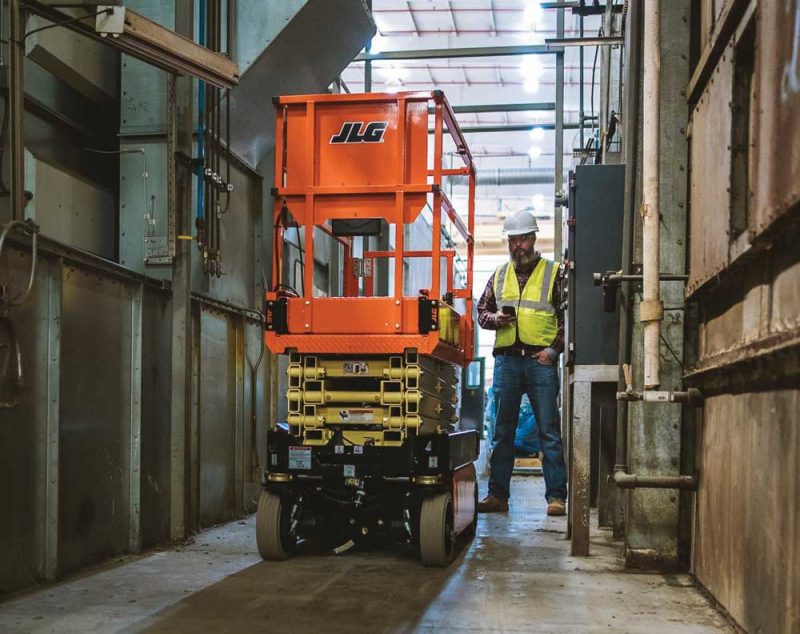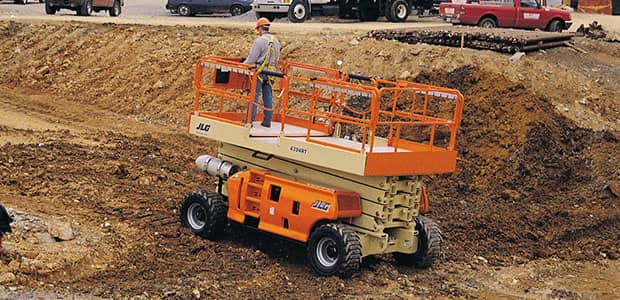Lift Maintenance Repair Specialists: Extend the Life of Your Lifts
Lift Maintenance Repair Specialists: Extend the Life of Your Lifts
Blog Article
Pro Tips for Preserving Your Lift in Top Problem: A Detailed Review
Guaranteeing the optimal performance of a lift system is vital for a safe and reliable procedure in different settings, from industrial stockrooms to business buildings. By sticking to a structured upkeep program and preemptively attending to potential problems, lift proprietors can reduce pricey downtime and security threats.

Importance of Routine Upkeep
Regular upkeep of your lift is vital to ensure its optimum performance and durability. By sticking to a regular maintenance timetable, you can recognize and deal with possible concerns before they intensify right into pricey repair work or unforeseen downtime. Regular maintenance tasks such as lubricating moving components, inspecting for wear and tear, and inspecting hydraulic systems can aid prevent malfunctions and make sure secure procedure.
Neglecting routine maintenance not just endangers the performance of your lift but also positions security threats to customers and residential or commercial property. Parts that are not appropriately maintained might fall short all of a sudden, resulting in crashes or damages to the lift itself. Additionally, dealing with problems beforehand through maintenance can extend the life expectancy of your lift and lower the chance of significant failures.
In enhancement to boosting safety and security and efficiency, normal upkeep can likewise save you money over time. By investing in preventive upkeep actions, you can stay clear of pricey fixings or substitutes that may occur from overlooking the upkeep of your lift. Overall, focusing on routine maintenance is vital for optimizing the functionality and longevity of your lift system.
Leading Elements to Examine

Furthermore, pay very close attention to the lift's safety features, such as emergency situation quit switches, safety sensors, and interlocking systems, to guarantee they are operating correctly. On a regular basis evaluate the lift shaft for particles or obstructions that could hinder the motion of the lift auto. Lastly, don't neglect to check out the doors, hinges, and door operators to guarantee smooth opening and closing operations. By thoroughly evaluating these leading parts, you can capture prospective problems early and guarantee your lift remains in leading problem.
Proactive Repairing Strategies
When encountered with possible lift system problems, adopting proactive repairing strategies can dramatically boost operational efficiency and prevent pricey downtime. Among the essential proactive troubleshooting find this strategies is to on a regular basis analyze and monitor lift performance information. By tracking metrics such as lift speed, electric motor temperature level, and energy intake, upkeep teams can recognize very early signs of possible problems and take corrective activities before they rise. Carrying out regular aesthetic evaluations of critical parts, such as cable televisions, pulleys, and security mechanisms, can additionally help in detecting deterioration or misalignments that can lead to breakdowns. In addition, executing a preventative maintenance timetable that includes lubrication of moving components, testing of emergency situation brakes, and calibration of sensors can proactively attend to common lift system issues.
In addition, purchasing training programs for maintenance personnel on repairing techniques particular to the lift design mounted can empower them to diagnose and solve concerns promptly. By remaining ahead of prospective issues with aggressive troubleshooting, lift drivers can ensure a smoother and much more trustworthy procedure while minimizing the risk of unexpected malfunctions.
Crucial Lubrication Practices
Implementing proper lubrication practices is important for making sure the smooth procedure and durability of lift systems. Normal lubrication helps in reducing rubbing between moving components, stopping damage that can lead to pricey repair work and downtime. When it concerns raise maintenance, complying with a stringent lubrication schedule is crucial.
Selecting the right lubricating substance is the initial action in efficient maintenance. Various parts of the lift system may need specific kinds of lubes, such as grease or oil. Get in touch with the maker's guidelines to establish the proper lubricants for each and every part.

Attend to any kind of issues quickly to stop further damage and guarantee the continued smooth procedure of your lift system. By focusing on correct lubrication practices, you can extend the life-span of your lift and enhance its efficiency.
Safety And Security Measures for Lift Operators
In order to keep a safe functioning atmosphere and support functional effectiveness, lift operators have to rigorously stick to recommended safety methods, together with focusing on crucial lubrication methods for optimal lift efficiency. Safety actions for lift operators are critical to stop accidents and make sure the smooth functioning of the lift system.
In addition, lift operators have to focus on individual protective hop over to here tools (PPE) such as helmets, handwear covers, and harness when operating at heights or managing hefty tons. Clear interaction among operators, upkeep specialists, and various other personnel is crucial to prevent misunderstandings that can lead to mishaps. Last but not least, operators must continue to be alert, concentrated, and avoid diversions while running the lift to ensure the security of themselves and others around.
Verdict
In conclusion, preserving a lift in leading problem is essential for making sure safety and security and efficiency in operations. Regular maintenance, complete inspections of key elements, positive troubleshooting, correct lubrication methods, and adherence to precaution are important for prolonging the life expectancy of the lift and avoiding crashes. By following these guidelines, lift drivers can ensure the continued functionality and safety of their equipment.
By adhering to a structured maintenance regimen and preemptively addressing potential issues, lift proprietors can mitigate pricey downtime and safety and security threats. Regularly inspect the lift shaft for particles or blockages that can hamper the motion of the lift automobile.In order to preserve a safe working setting and promote functional efficiency, lift operators have to carefully stick to recommended safety protocols, along with focusing on vital lubrication practices for optimal lift efficiency. Security steps for lift drivers are vital to stop accidents and ensure the smooth performance of the lift system. Routine upkeep, detailed examinations moved here of crucial components, aggressive troubleshooting, appropriate lubrication practices, and adherence to safety and security steps are important for lengthening the life expectancy of the lift and preventing mishaps.
Report this page